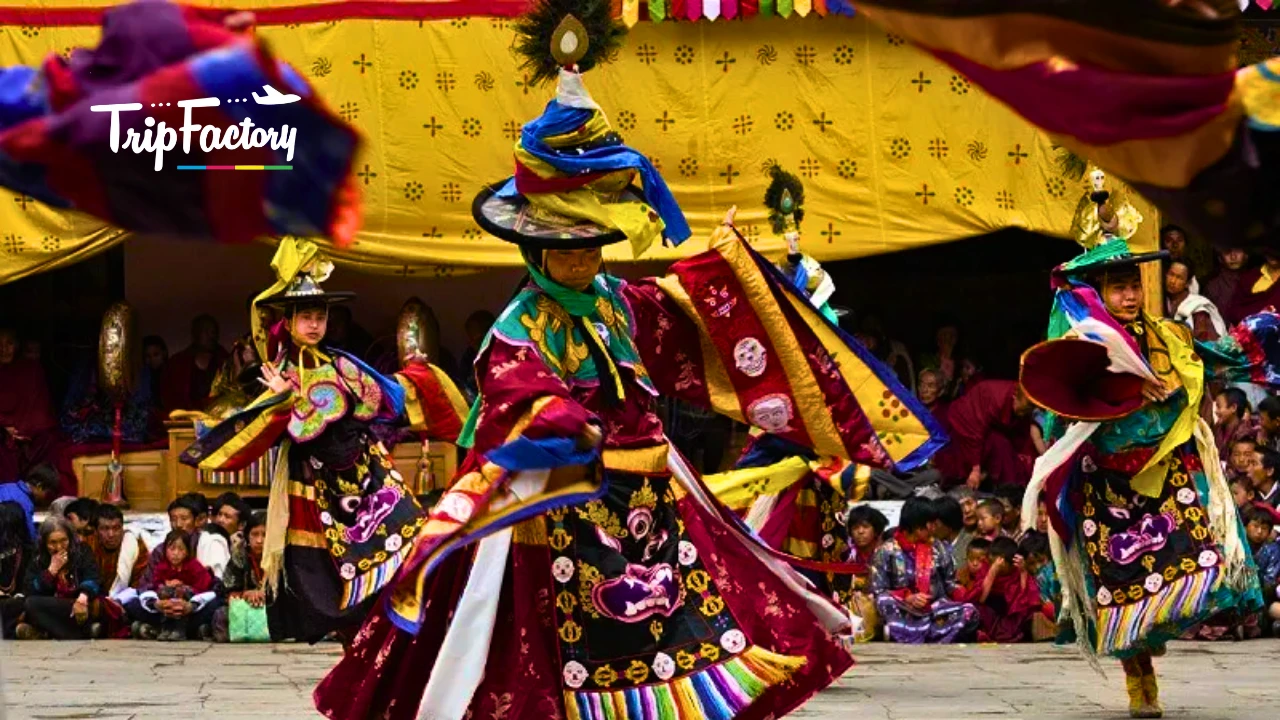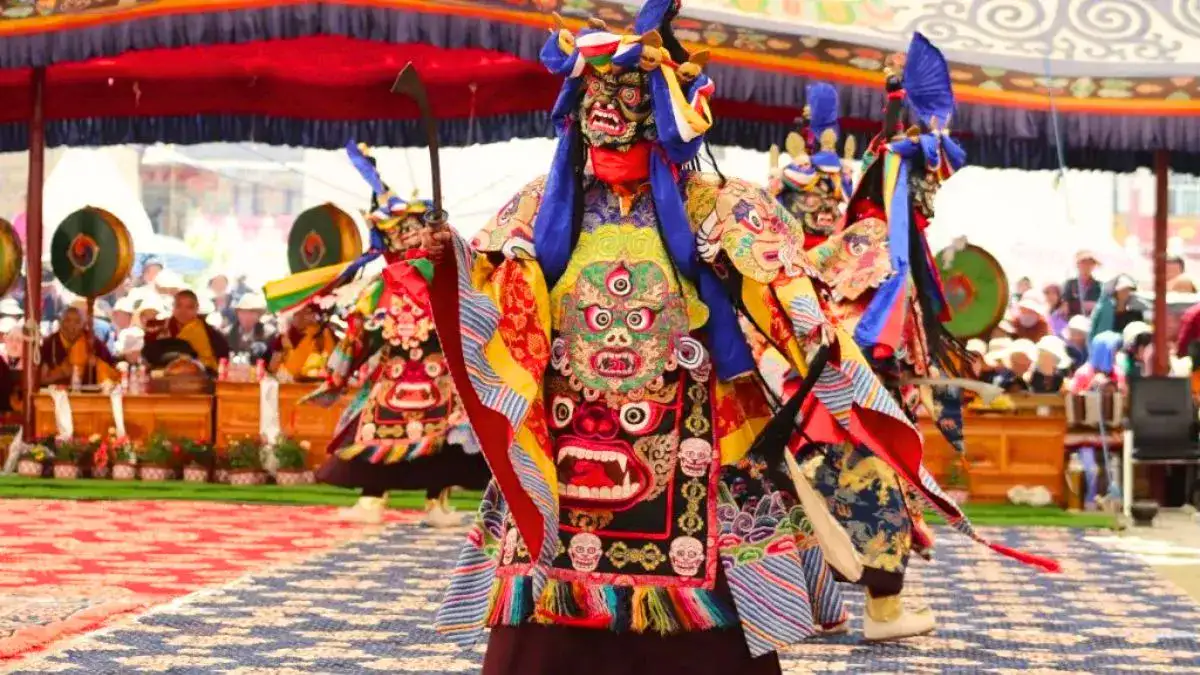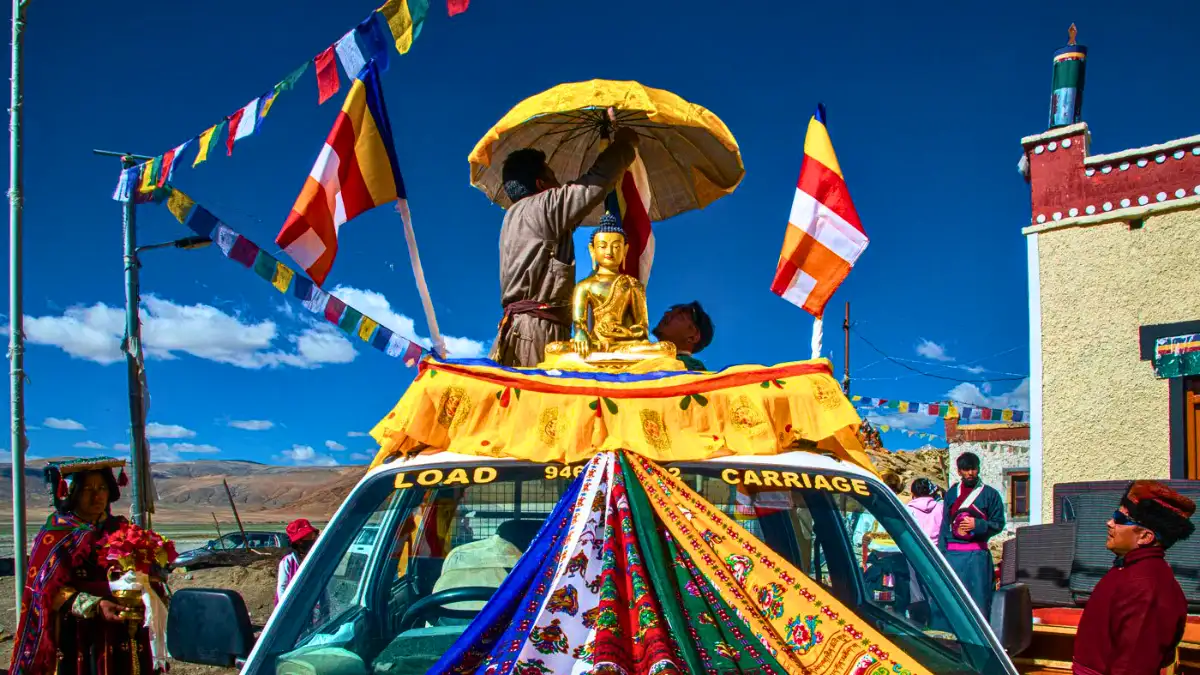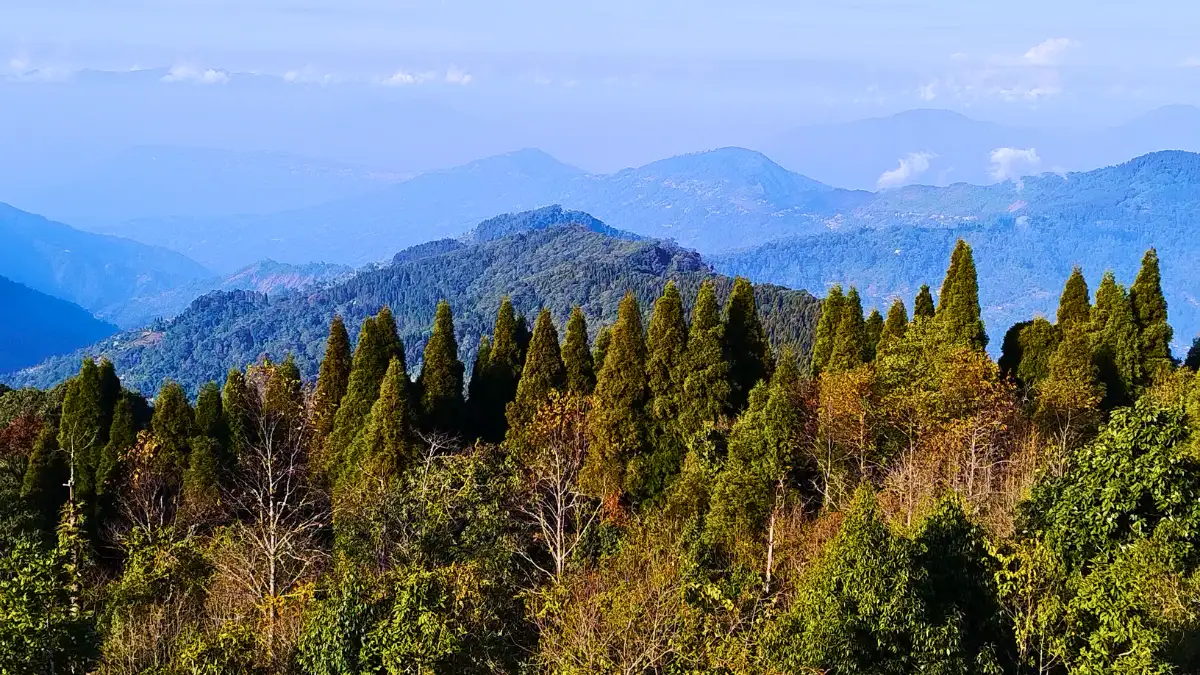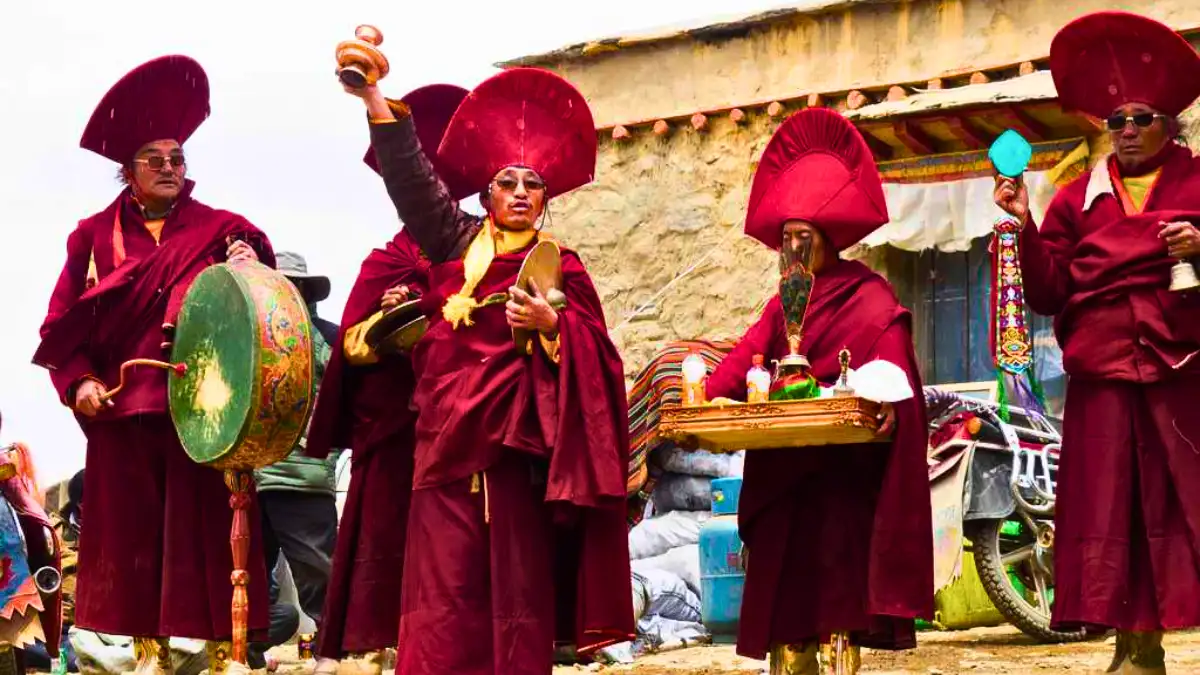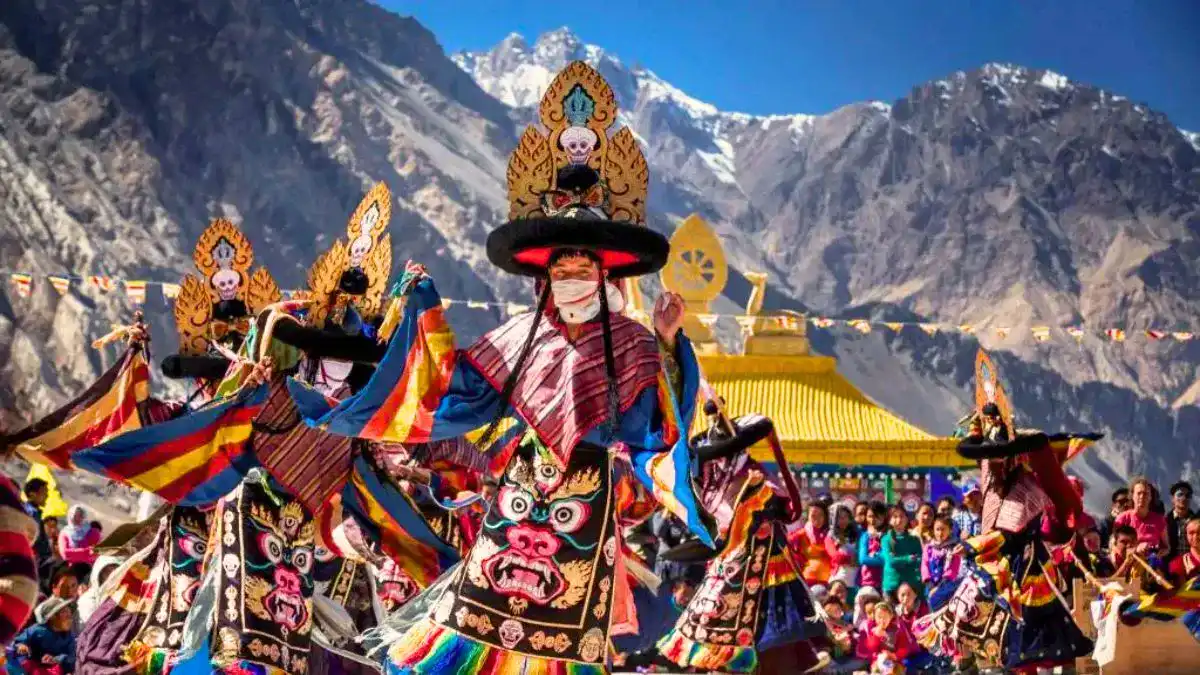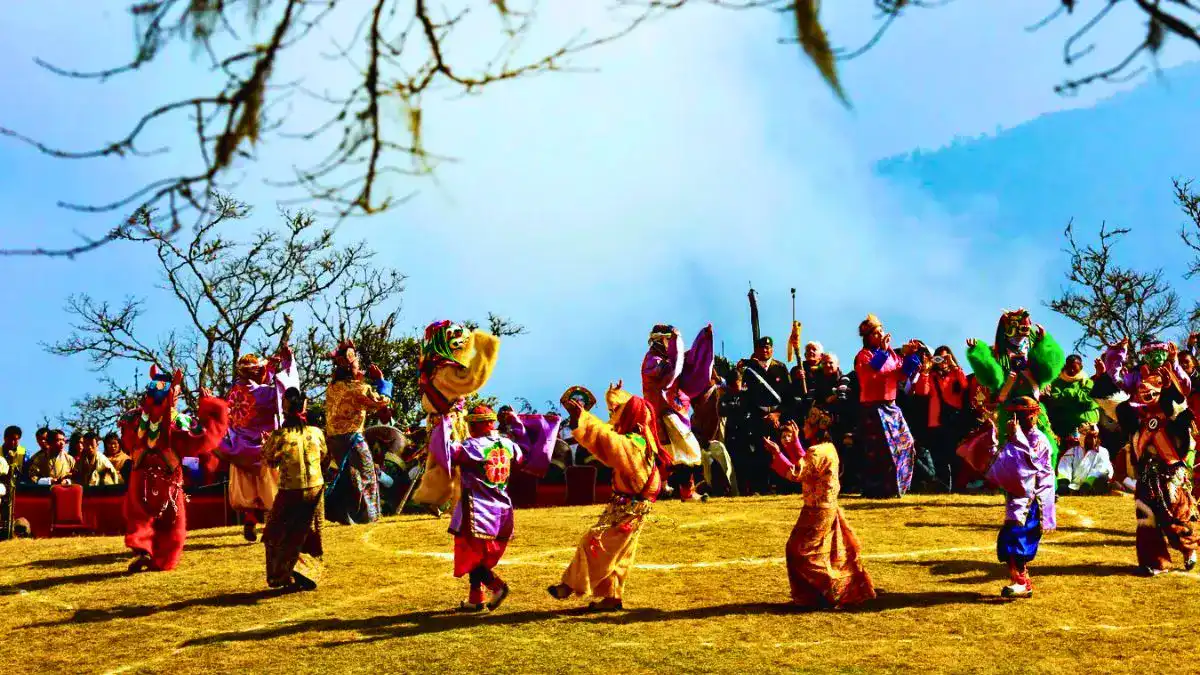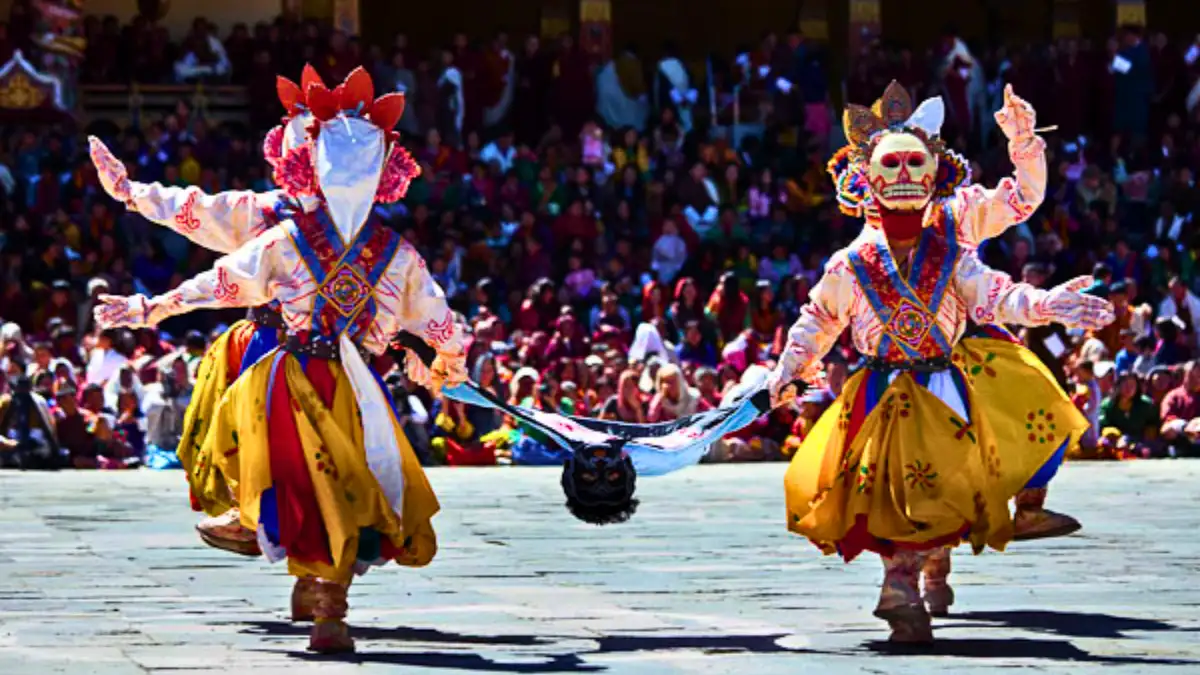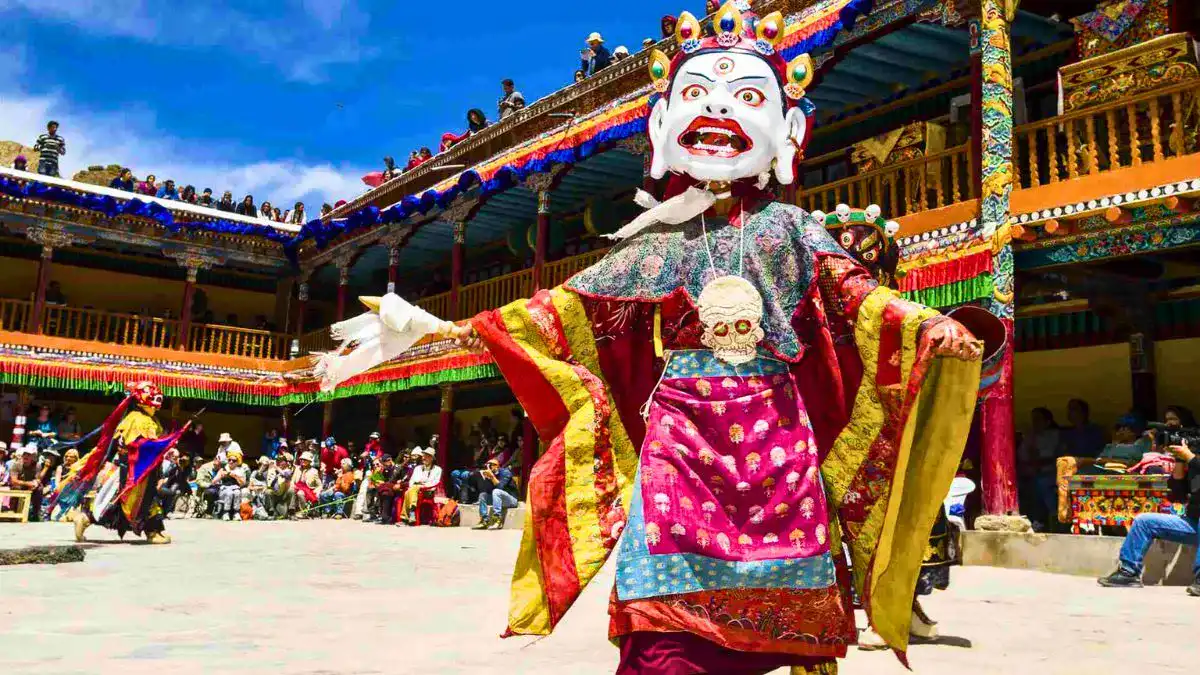Sikkim At Saga Dawa: Experience the soul of Sikkim in the holy month of Saga Dawa, celebrated in Buddhism. As a traveler passionate about culture and personal growth, you’ll witness history come alive against the stunning backdrop of the Eastern Himalayas. The festival marks the birth of Buddha, his enlightenment, and parinirvana. This celebration offers travelers a thrilling experience of exploring the authentic side of Buddhist culture rooted in the region. Experience Sikkim’s heartfelt warmth in this captivating celebration of compassion and enlightenment.
Saga Dawa Festival Of Sikkim
The Saga Dawa festival of Sikkim, also referred to as the Triple Blessed Festival, is one of the most significant Tibetan Buddhist gatherings, held in the fourth lunar month to honor the birth, enlightenment, and parinirvana of Buddha Shakyamuni. This holy festival integrates world travelers and pilgrims, where ‘new religion enthusiasts’ engage in merit-producing activities, such as dhamma yatra, parikrama, and offerings. Customs and rituals, including chanting, lighting butter lamps, and hanging prayer flags, are observed during this time. Many participants also choose to become vegetarians or observe a fast to purify their systems.
The spiritual festival emphasizes people’s spiritual development, promotes religious tolerance, and celebrates culture. While it commemorates three crucial events in the Buddha’s life, all of which are observed on the full moon of the fourth lunar month, this time is especially significant to Mahayana Buddhists worldwide.
History Of Saga Dawa Festival
Saga Dawa, also known as Duchen, is an essential Buddhist festival celebrating Lord Buddha’s life events his birth, enlightenment, and parinirvana. The history of the Saga Dawa Festival dates back to the 7th century, with its official recognition in Sri Lanka. Celebrated during the fourth Tibetan lunar month, it comprises merit-making activities, pilgrimages, and other cultural undertakings.
Chokhor has been practiced by Tibetan and Sikkim Buddhists for centuries, symbolizing a lucky ceremony that multiplies good deeds a thousandfold. Today, Saga Dawa is observed globally, primarily to encourage individuals to cultivate their religious and mindful practices.
Saga Dawa Festival Celebration Month
In Tibetan Buddhist culture, Saga Dawa is the festival of the Buddha Shakyamuni’s birth, enlightenment, and parinirvana. Typically celebrated in May or June of the Gregorian calendar, the exact day varies yearly as the Tibetan calendar is lunar-solar based. The full moon day of this month is particularly important and is also referred to as the Buddhist Lent.
Facts About Saga Dawa Festival
Saga Dawa is a month long Tibetan Buddhist festival held in reverence for Buddha Shakyamuni’s birth, enlightenment, and parinirvana. As it occurs in the fourth lunar month, it is considered one of the most religious events in Tibet, involving various religious rituals.
Celebration hotspots include Lhasa and Mount Kailash. During this time, Tibetans believe that good deeds performed will be rewarded a thousandfold, prompting acts of charity and prayers. The festival’s name translates to “fourth month” in Tibetan, signifying its timing each year.
Other Festivals In Sikkim
Sikkim’s festivals showcase its diverse cultural heritage, blending traditions from various communities. These celebrations offer insight into the state’s vibrant and harmonious spirit.
1. Losar: Tibetan New Year
Losar marks the last winter festival, welcoming spring into the area. This life is deeply connected with Tibetan culture and Buddhism. Celebrations commence from the first day of the lunar calendar, typically spanning fifteen days. Households are cleaned and adorned with colorful prayer flags, filling the air with the aroma of spices from special meals. Families prepare lavish meals and exchange gifts, visiting monasteries to pray for blessings. The burning of juniper symbolizes hope for good luck in the upcoming year.
- Celebration Month: February or March
- Duration: 3 to 15 days, varying by region and tradition
2. Maghe Sankranti: Greeting the Sun’s Northward Movement
Maghe Sankranti is a significant Hindu festival celebrated mainly by the Nepali-speaking community of Sikkim. It symbolizes the sun’s northern journey during the winter solstice. Occurring in mid-January, it marks the onset of spring, with longer days than nights. People immerse themselves in holy waters and enjoy sesame sweets and ghee. Families come together for special meals, cultural activities, including dances, songs, and traditional games, promoting a favorable time for change and spiritual cleansing.
- Celebration Month: January
- Duration: 1 day
3. Losoong: Sikkimese Harvest Festival
The Losoong or Namsong festival welcomes the Sikkimese New Year and symbolizes the harvest season’s conclusion. This joyful event takes place in December, lasting several days. It begins with the lighting of fires to chase away evil spirits. Traditional archery competitions reflect the community’s sportsmanship, while ceremonial dances known as ‘Chaam’ performed by professional actors depict Buddhist themes. Special dishes are prepared at home as families wish each other well for the New Year.
- Celebration Month: December
- Duration: 4 days
4. Bumchu: Sacred Water Festival
The Bumchu festival, held at Lingdum Monastery in Sikkim, centers around a vial of holy water believed to be infused by Guru Padmasambhava. This ancient ritual, celebrated on the 14th and 15th day of the first Tibetan month, involves various ceremonies conducted by priests and senior lamas. The remaining water in the vase is thought to foreshadow events for the year ahead, including agricultural yields and peace. Pilgrims and devotees from across the Himalayan region and beyond gather to participate.
- Celebration Month: February or March
- Duration: 1 to 2 days
Conclusion
This celebration of Buddhist culture during the Saga Dawa festival in Sikkim offers a unique chance for travelers to engage in spiritual practices and witness the rich traditions of the region. If you’re looking to immerse yourself in this vibrant culture, TripFactory provides comprehensive Sikkim tour packages that cater to all your travel needs. Explore the beauty of Sikkim while experiencing the profound spirituality of Saga Dawa!
Frequently Asked Questions
What is the Saga Dawa festival?
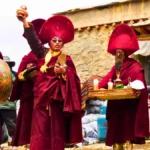
Saga Dawa is a significant Tibetan Buddhist festival celebrated in Sikkim and other regions, marking the birth, enlightenment, and parinirvana of Buddha Shakyamuni. It is observed during the fourth lunar month and is known for its rituals, prayers, and merit-making activities.
When does the Saga Dawa festival take place?
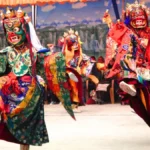
Saga Dawa is typically celebrated in May or June, but the exact date varies each year according to the lunar calendar. The full moon day of the fourth lunar month is particularly important and is known as Buddhist Lent.
How is Saga Dawa celebrated in Sikkim?
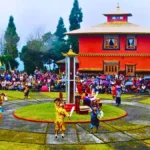
During Saga Dawa, celebrations include chanting, lighting butter lamps, hanging prayer flags, and performing acts of charity. Many participants choose to fast or become vegetarians, engaging in rituals and customs that promote spiritual growth and compassion.
What are the main activities during the Saga Dawa festival?
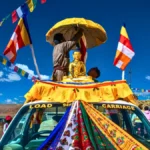
Key activities during Saga Dawa include dhamma yatra (pilgrimages), parikrama (circumambulation), offering food and prayers at monasteries, and participating in community events. Many people also perform good deeds, as it is believed that such actions yield significant merit during this period.
Why is Saga Dawa important for Buddhists?

Saga Dawa is significant for Buddhists because it commemorates three pivotal events in the life of Buddha Shakyamuni. It serves as a time for reflection, spiritual practice, and community engagement, encouraging individuals to deepen their understanding of Buddhism.

